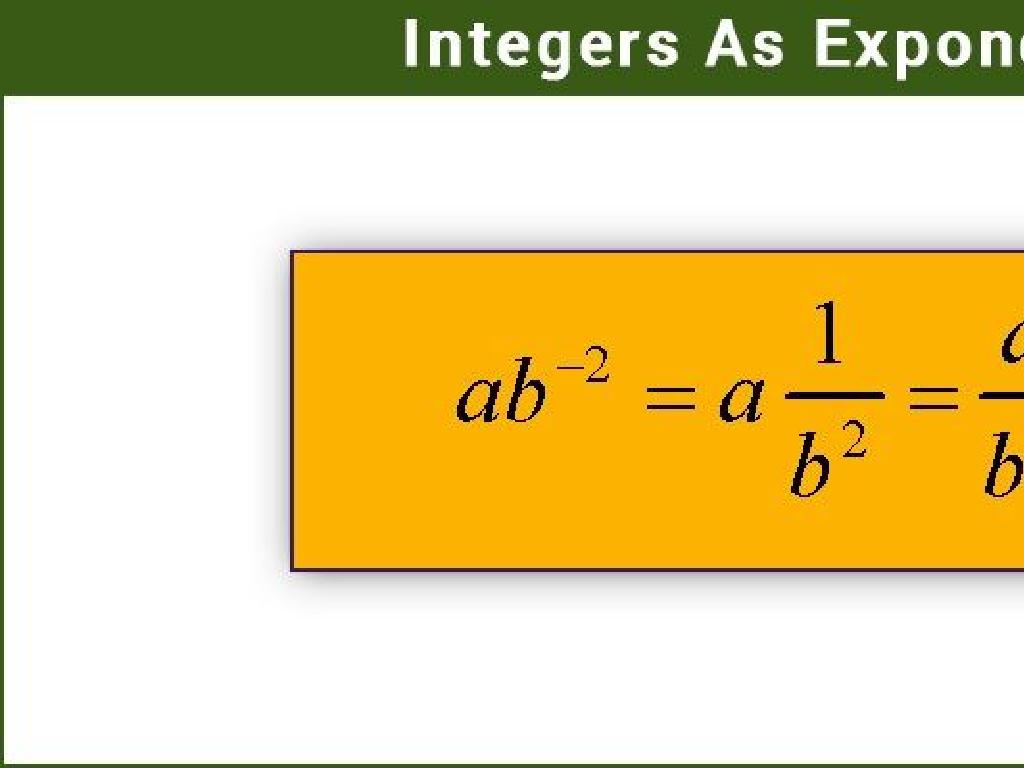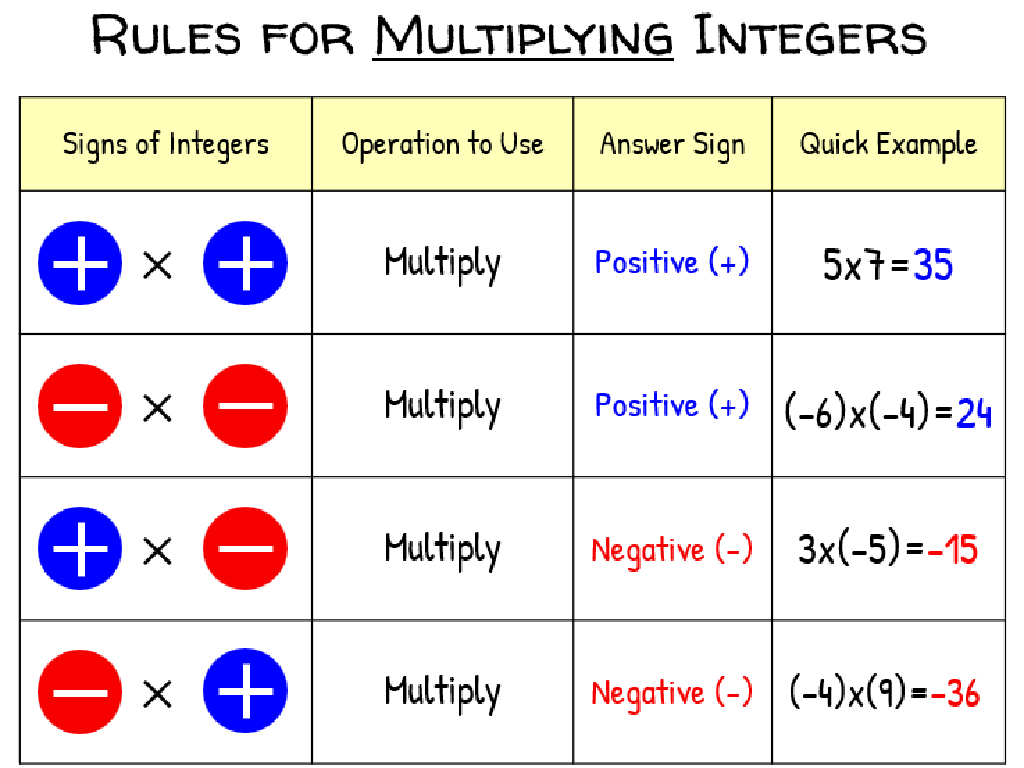Count Up - Up To 5
Subject: Math
Grade: Kindergarten
Topic: Counting To 5
Summary: In this engaging Kindergarten math lesson, students learn to count up to 5 using fun activities, visuals, and real-world examples. Through counting fingers, blocks, toys, and more, children build foundational number recognition and sequencing skills. Interactive games, picture-based counting, and group practice make learning tactile and enjoyable. The lesson reinforces understanding through repetition and encourages continued practice at home, setting the stage for future math success.
Please LOG IN to download the presentation. Access is available to registered users only.
View More Content
Welcome to Counting Up to 5!
– Greet our little mathematicians
– Today’s goal: Count up to 5
– Counting shows us ‘how many’
– Like counting apples or toys
– Practice with fun examples
– We’ll count fingers, blocks, and more!
|
This slide is designed to introduce kindergarten students to the concept of counting up to 5. Start the lesson with a warm and enthusiastic greeting to engage the children. Explain that the goal for today is to learn how to count up to 5. Emphasize the importance of counting as a fundamental math skill that helps us determine the quantity of items we have. Use tangible and relatable examples such as counting apples, toys, or even their own fingers to make the concept clear and fun. Encourage participation by asking the children to count along with you. Prepare a set of interactive activities where students can practice counting various objects in the classroom. This will help solidify their understanding and make learning enjoyable.
Learning to Count Up to 5
– What is counting?
– Counting means saying numbers one after another.
– Counting is like climbing stairs
– Imagine going up each step with a number: 1 step, 2 steps…
– Let’s count: 1 to 5
– Practice with me: one, two, three, four, five!
|
This slide introduces the concept of counting to young learners. Start by explaining that counting is like knowing the order of numbers, just as they know the order of steps when climbing stairs. Use physical movement, such as stepping or pointing, to help them visualize the concept. Then, lead the class in counting out loud from 1 to 5, using your fingers to represent each number. Encourage the students to join in and count with you, ensuring they understand the sequence of numbers. This activity helps to reinforce number recognition and the concept of sequential order.
Learning the Number 1
– Understanding the number 1
– Number 1 represents a single item
– One as a quantity
– For example, one apple or one toy
– Showing one with fingers
– Hold up one finger to show ‘one’
|
This slide introduces the concept of the number 1 to Kindergarten students. It’s important to start with the very basics, ensuring that the children understand that the number 1 refers to a single object or unit. Use tangible examples like one apple, one toy, or one book to illustrate this concept. Encourage the children to show the number 1 by holding up a single finger. This physical activity helps them connect the abstract concept of ‘one’ to a concrete action. During the class, ask the students to point out single items in the classroom or bring one item from home to share. This will reinforce their understanding of the number 1.
Learning the Number 2
– Understanding the number 2
– Two items example: two ducks
– Imagine two ducks swimming in a pond
– Counting practice: start at 1
– Begin with 1 and then say 2
– Counting to 2 together
– Let’s count as a class: 1…2!
|
This slide introduces the concept of the number 2 to Kindergarten students. Start by explaining that the number 2 represents a quantity of two items. Use a visual example, such as two ducks, to help children visualize the concept. Practice counting from 1 to 2 with the class, emphasizing the sequence and showing that 2 comes after 1. Encourage the students to count out loud together to reinforce their understanding. This activity helps build a foundation for number recognition and counting skills.
Learning the Number 3
– Meet the number 3
– Number 3 is fun and easy to count
– Three represents three items
– Imagine 3 balloons floating up
– Counting to 3 together
– Let’s say it: one, two, three!
|
This slide introduces the number 3 to Kindergarten students. Start by showing them the numeral and then explaining that it can represent three of any item, using balloons as a visual and relatable example. Engage the class by counting to three together, emphasizing the sequential order. Encourage the students to think of other groups of three things in their environment to reinforce the concept. The goal is to make them comfortable with recognizing and counting to the number 3 through repetition and association with familiar objects.
Learning About the Number 4
– Meet the number 4
– Four means four items
– Like four toys, four fruits, or four stars
– Let’s count to 4 together
– Start from 1 and count one number up until 4
– Practice with four objects
– Use items like blocks or crayons to count
|
This slide introduces the number 4 to Kindergarten students. Begin by showing them the numeral 4 and explaining that it represents a quantity of four items. Use relatable examples such as four puppies, toys, or fruits to illustrate the concept. Engage the class in a counting activity by starting at 1 and counting up to 4 together. Encourage the students to practice counting to 4 with physical objects like blocks or crayons to reinforce the concept. This hands-on activity will help solidify their understanding of the number 4 and its value.
Learning the Number 5
– This is the number 5
– Five represents five items
– Like five stars, five apples, or five fingers
– Counting to five together
– Let’s count aloud: 1, 2, 3, 4, 5
– Practice with five objects
– Use items like blocks or crayons to count
|
This slide introduces the number 5 to Kindergarten students. Start by showing the numeral and explaining that it represents the quantity of five things. Use relatable examples such as stars or items they use daily. Engage the class in counting from 1 to 5 together to reinforce the concept. Encourage hands-on practice with physical objects, allowing students to count groups of five items to solidify their understanding. This tactile experience helps them connect the abstract concept of the number 5 with concrete examples.
Let’s Practice Counting!
– It’s your turn to count now
– We’ll count various items together
– Count items like blocks, apples, or crayons
– Counting can be really fun
– Remember to count up to 5
– Practice by counting fingers, toys, or stickers
|
This slide is designed to engage the students in an interactive counting activity. Encourage the children to count aloud together as a class. Use classroom objects like blocks or crayons for counting to make it tangible and fun. Reinforce the concept that counting is not just a skill but an enjoyable activity. Make sure to praise their efforts to build confidence. For the next class, prepare a set of different small items for each student to count, ensuring everyone can participate and practice counting up to five. This will help solidify their understanding of numbers and quantity.
Activity Time: Count the Objects!
– Look at pictures with objects
– Count each object out loud
– Use your fingers to help count
– Find out how many there are
– Are there 1, 2, 3, 4, or 5 objects?
– Practice counting up to 5
|
This activity is designed to help Kindergarten students practice counting objects up to 5. Provide them with various pictures containing different numbers of objects, ranging from 1 to 5. Encourage the students to count each object out loud to reinforce their counting skills. Use this opportunity to teach them to associate the number of objects with the numerical value. For example, if there are 3 apples, help them understand that the quantity corresponds to the number 3. This activity can be made interactive by asking students to count along with you and using their fingers to represent each object counted. Possible variations of the activity could include counting colored blocks, stickers, or shapes to maintain engagement and cater to different learning styles.
Great Job Counting!
– Celebrating our counting to 5
– Practice counting every day
– Count objects like toys or snacks
– Counting fun at home
– Use fingers or draw to practice
– Get ready to count higher!
|
This slide is a positive reinforcement for the students, acknowledging their success in counting up to 5. It’s important to encourage them to keep practicing to reinforce their skills. Suggest to parents to involve counting in daily activities, like counting toys during cleanup or snacks during mealtime. Emphasize the fun aspect of counting and build anticipation for learning to count to higher numbers. For the next class, prepare activities that will challenge the students to count beyond 5, ensuring a gradual and enjoyable learning progression.





